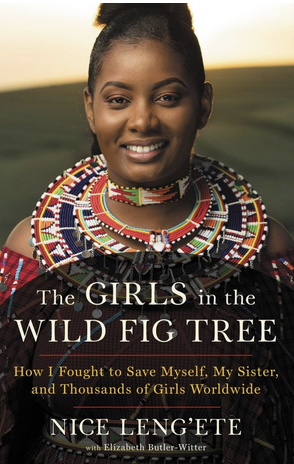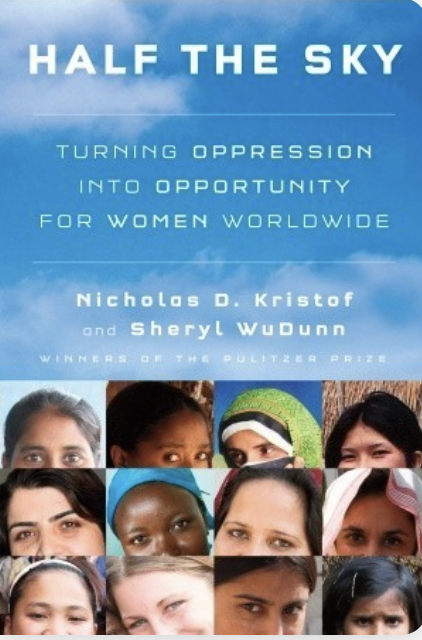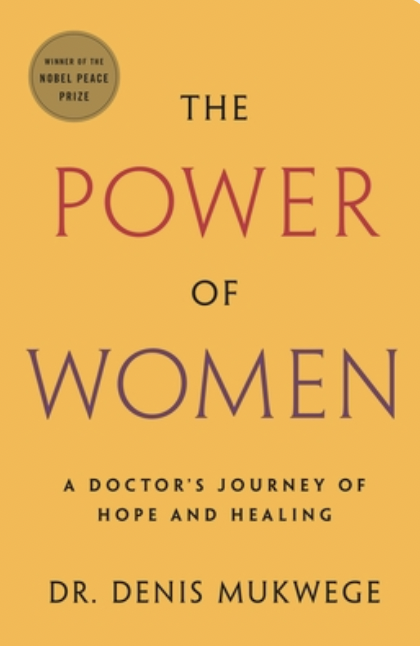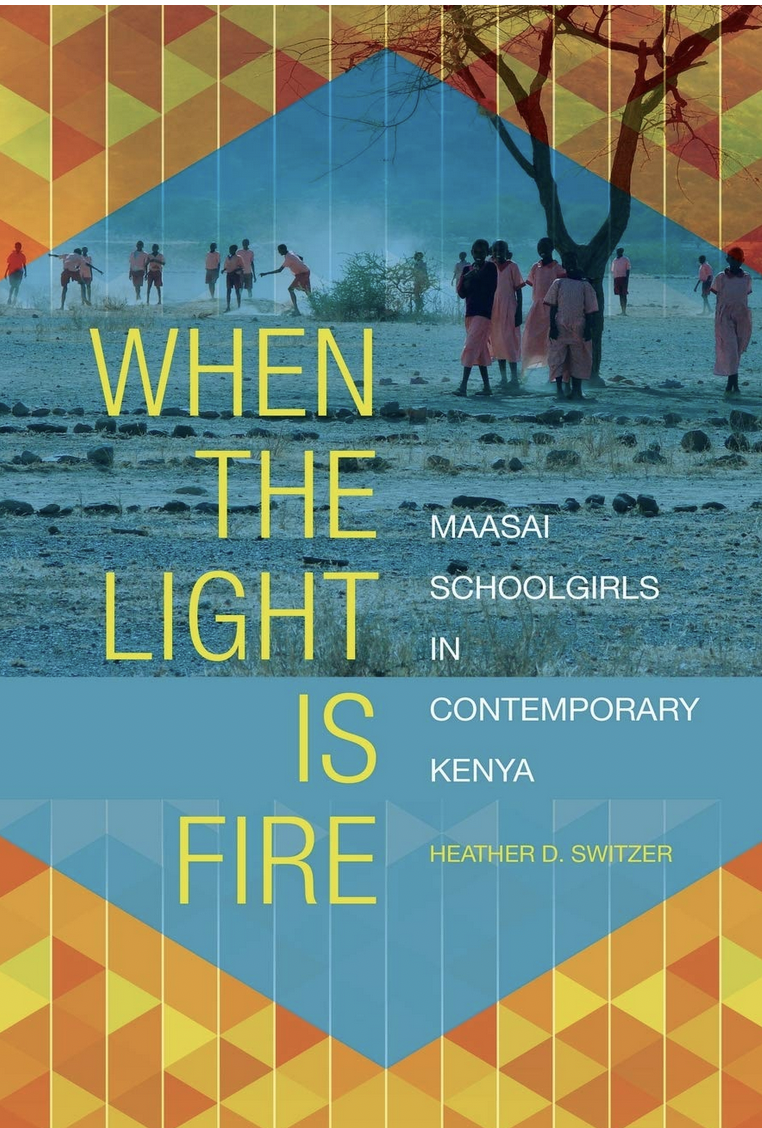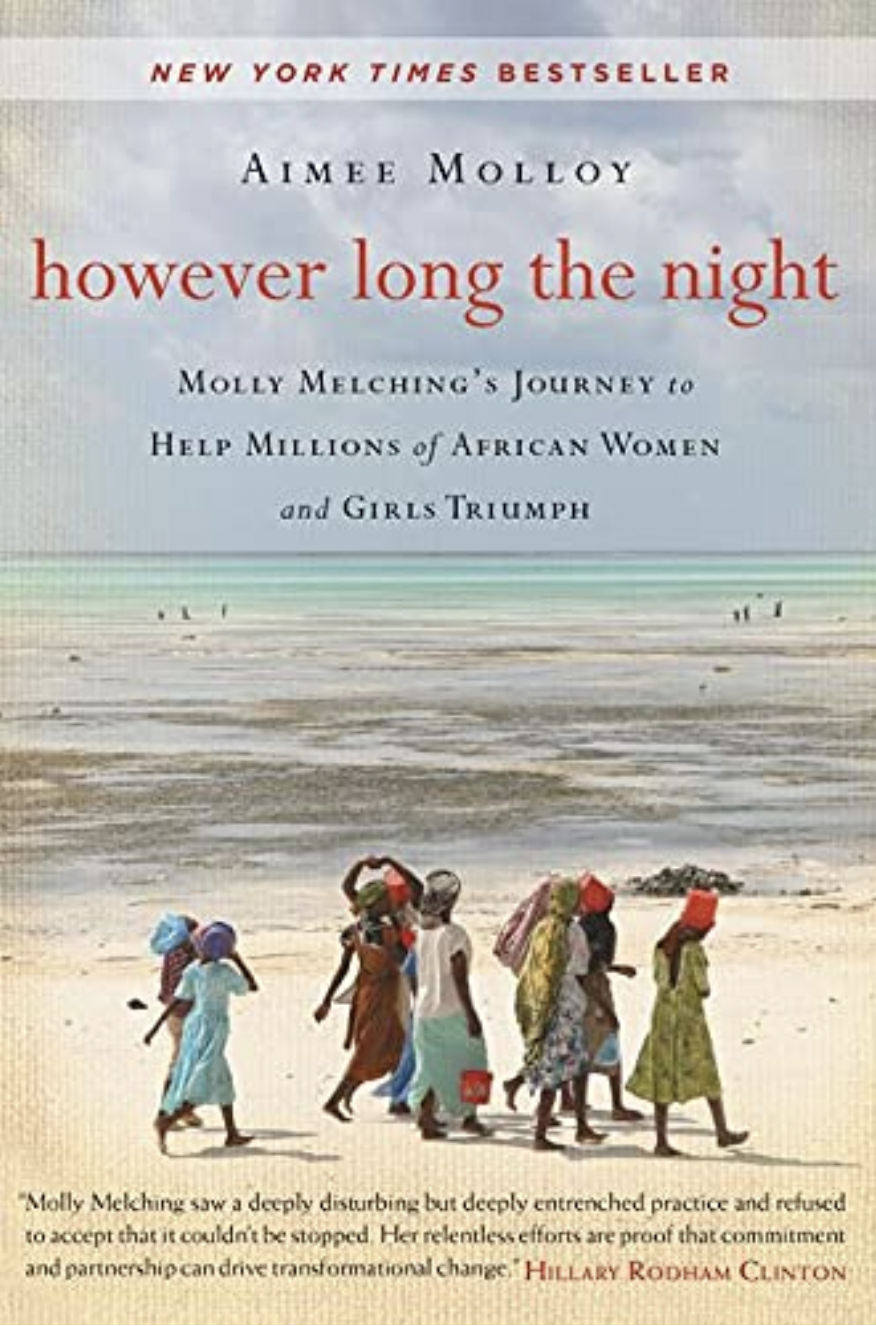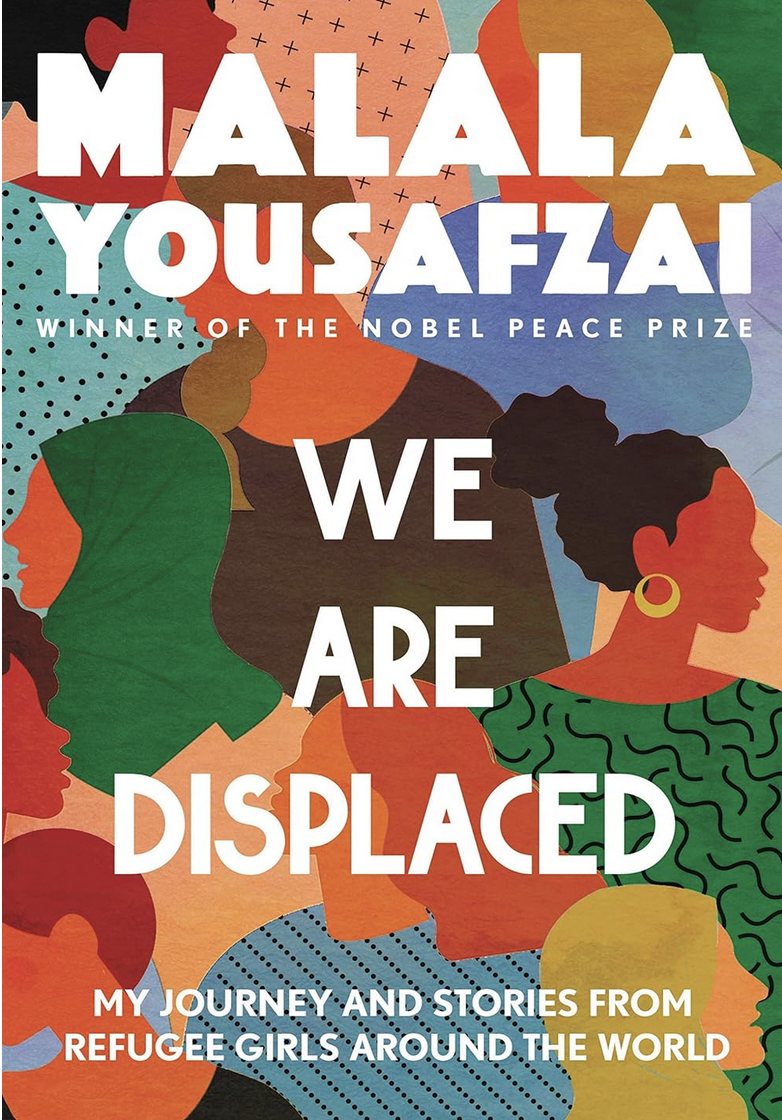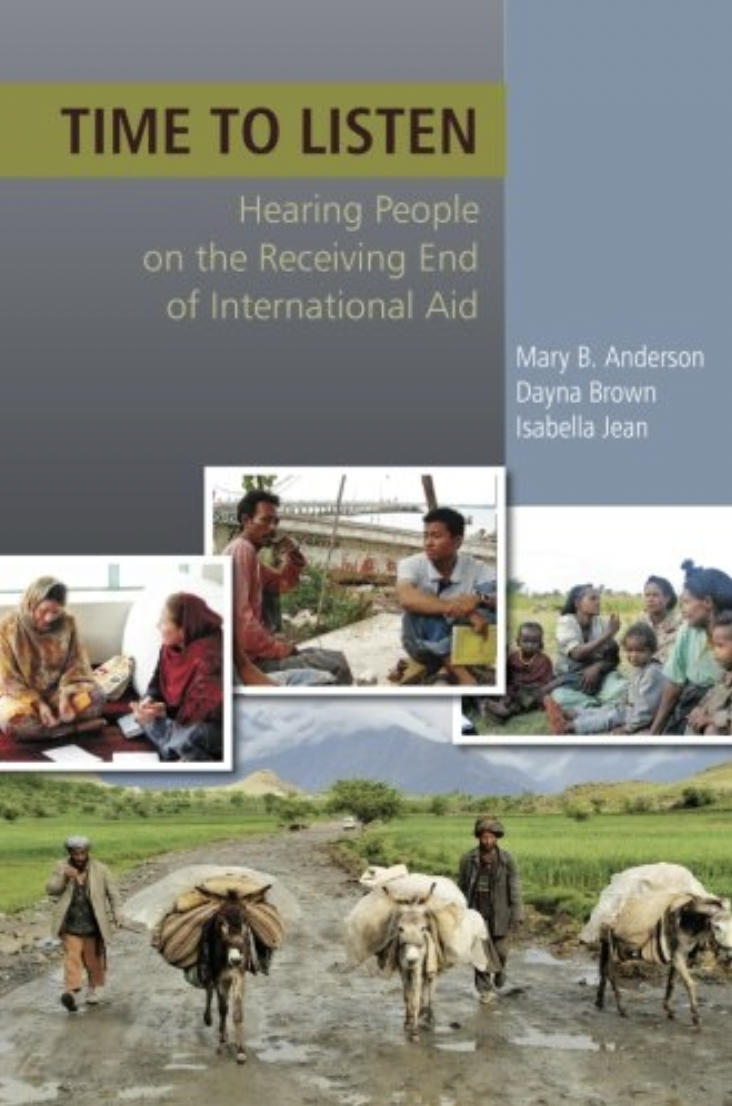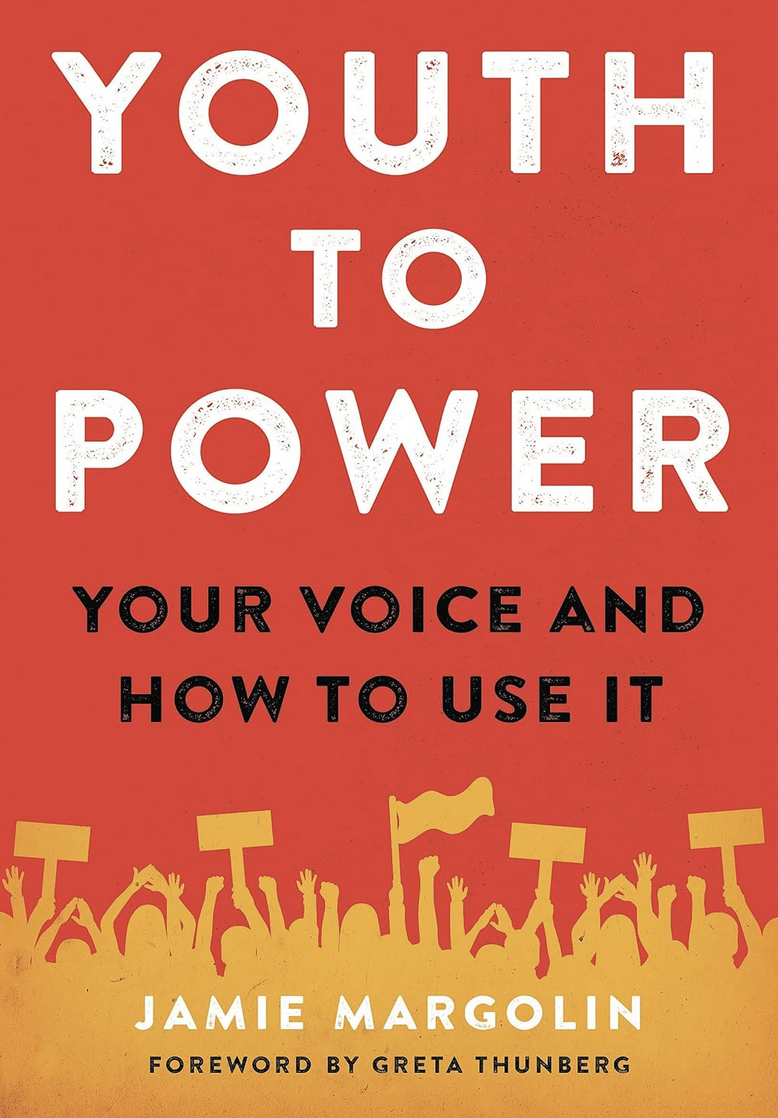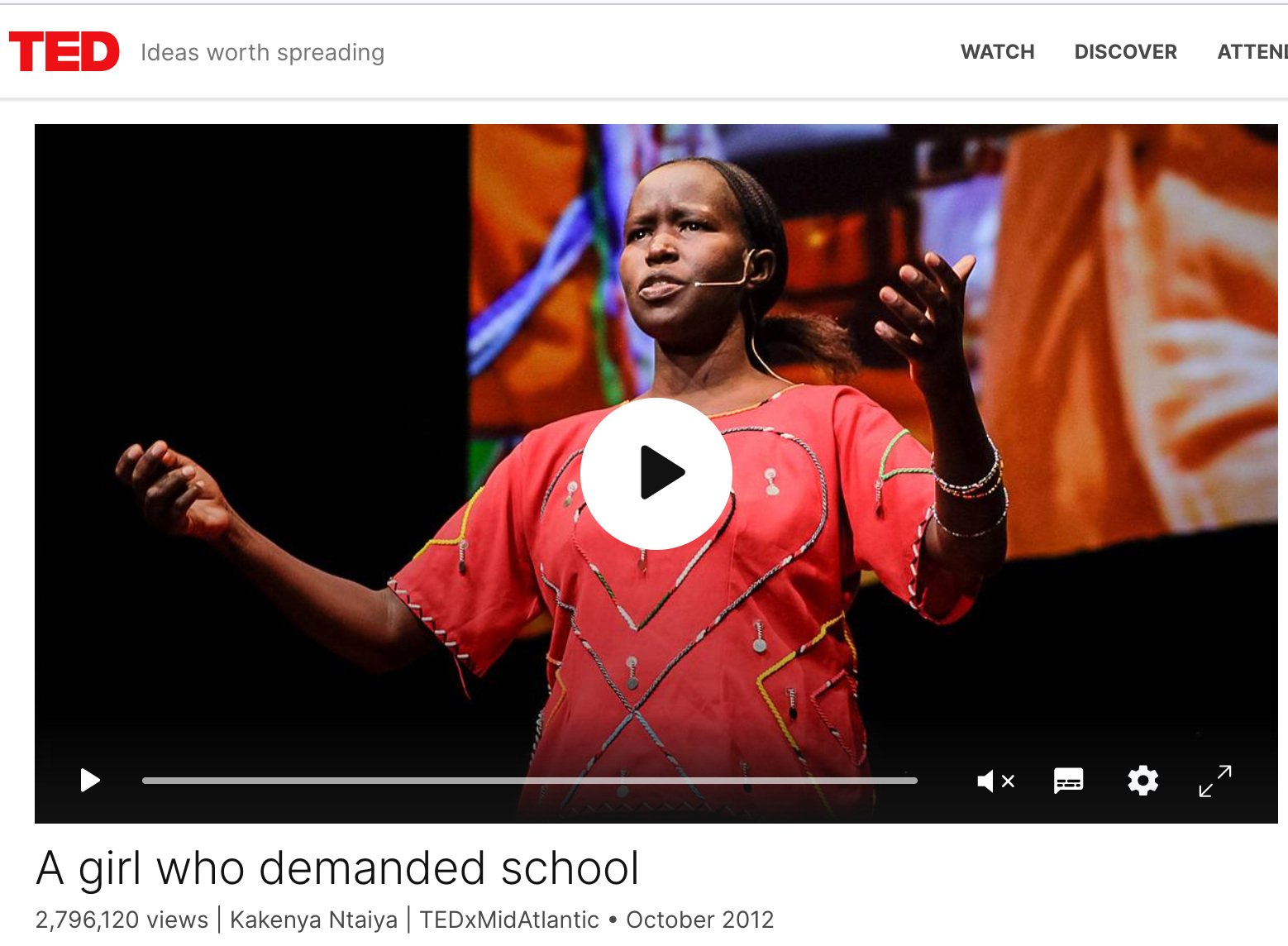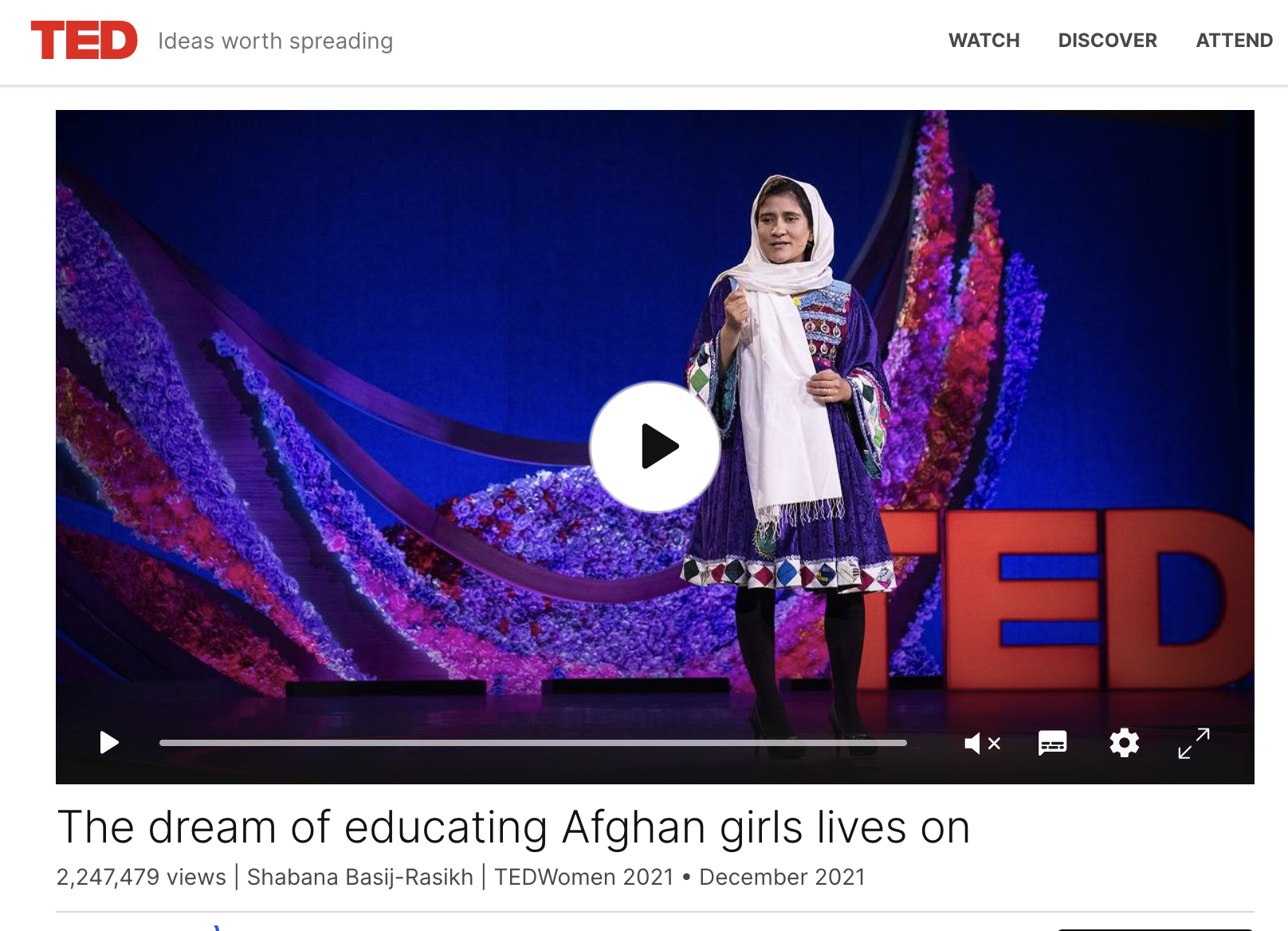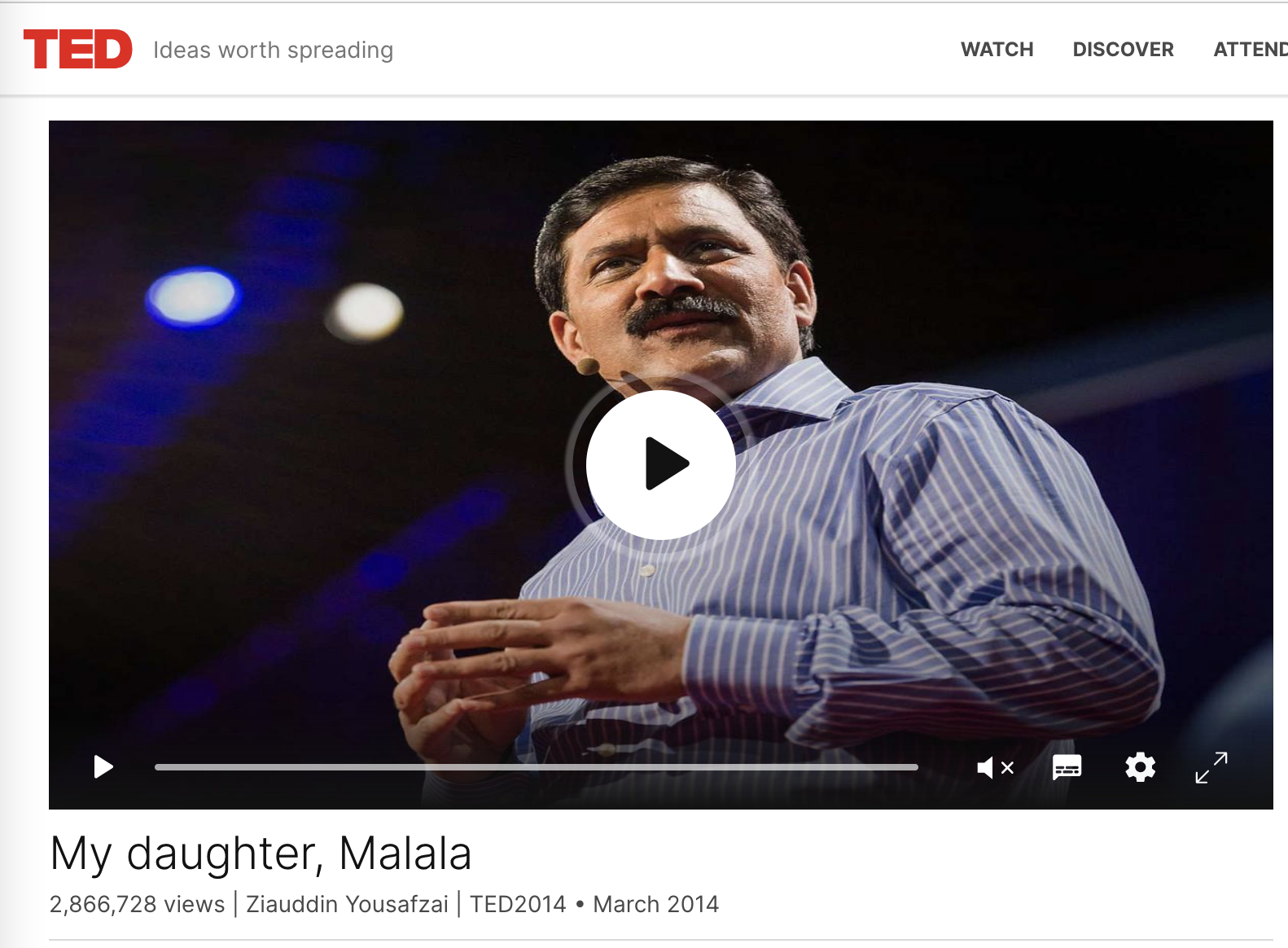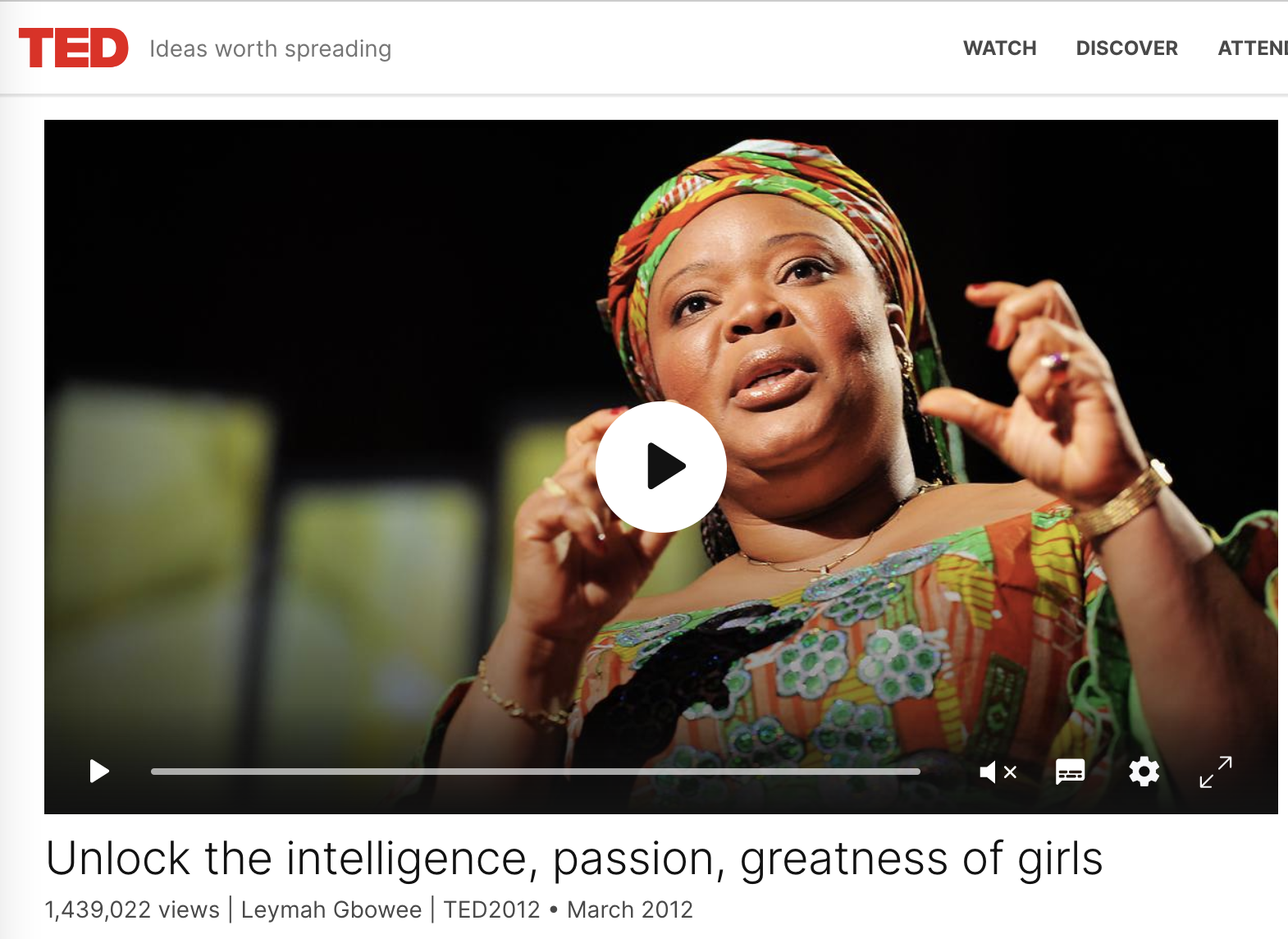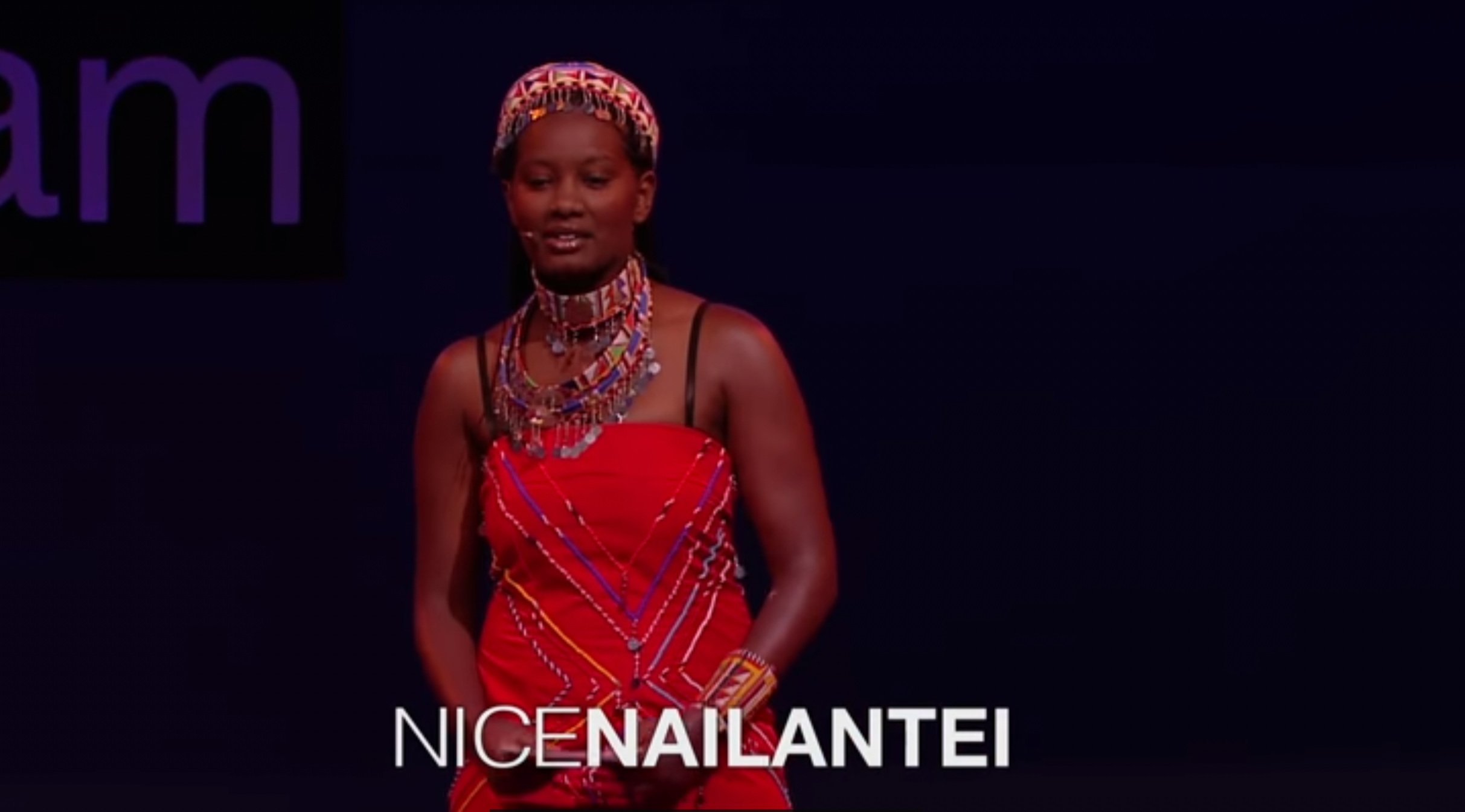
GLOBAL GIRLS’ EDUCATION: THE CHALLENGE
UNESCO estimates that 129 million girls worldwide remained out-of-school in 2022. Fifty million of these out-of-school girls live in Sub-Saharan Africa, which also remains the only region where out-of-school rates are increasing.
Lack of schools in low-income countries, poverty, and norms such as early marriage create many of the most significant barriers to girls’ education around the world. Teenage pregnancy, lack of access to sanitary pads and WASH facilities also create significant challenges. COVID-school closures are estimated to have pushed 11 million more girls from rural, low-income communities permanently out of classrooms. And in countries affected by wars and conflict, girls are more than twice as likely to be out of school.
GIRLS CHALLENGES IN KENYA
Many of the primary barriers that keep girls from school in the region we work in southern Kenya are similar to the primary barriers to girls’ education globally. Read more about the specifics of how those challenges look for the communities we work with and how we partner together to address them below:
-
When we began working in the Loita Hills in 2018/2019 only one affordable day secondary school existed in the entire 700-square-mile region. Because there is little road infrastructure and few families have access to motorbikes or other transportation, this meant that high school was completely out of reach for most students with the exception of those whose families could afford the expensive tuition of boarding schools. We help communities address this barrier by partnering with them to open affordable day secondary schools near key central villages.
-
Schools in the rural region we work have very few resources; historically teachers have had to teach several grades at once with only a handful of tattered textbooks for support . We support them with critical items like solar panels and Rachels - Remote Area Community Hotspots for Education and Learning: Portable, battery-powered devices that contain hundreds of free lessons from educational websites in offline format that they can wirelessly transfer to nearby tablets, laptops, or smartphones in regions where little internet exists. Learn more about how we’re using RACHELs in classrooms here.
-
Few families in the region we work have access to electricity, water, sanitation, or transportation and most must spend hours, daily, walking to gather water for drinking and washing and gather firewood for light and household heat. The bulk of these responsibilities fall on girls, which means they must spend hours doing this work before and after school instead of studying. Sometimes these challenges also drive parents to keep children out-of-school so they can stay home to help with these life-sustaining chores. We work to encourage parents to see the longterm value that keeping their children in school can bring to families’ income through a team of local young Maasai interns who engage them in conversations about the value of education. Learn more about our primary school enrollment program here.
-
The region we work is nearly 98% Maasai, a highly patriarchal culture that historically prioritizes boys over girls and encouraged early marraige preceded by the practice of FGC (female genital cutting) as part of girls’ passage to adulthood. Once married, girls nearly immediately drop out of school to sustain rural Maasai homesteads and have children. We work to keep girls in school by engaging local Maasai leadership in conversations about the value of girls’ education to help Maasai communities’ futures and activating them to become champions for girls’ education. Learn more about this work here.
Our work is centered in a participatory development approach that believes that communities themselves have most of the keenest insights into their challenges and often just need additional outside resources, knowledge and encouragement to solve them.

FACTS ON THE VALUE OF GIRLS’ EDUCATION:
INVESTING IN GIRLS’ EDUCATION:
Improves girls’ health and the health of their own future children.
Increases girls’ future income earning potential and ability to lift their own future children from poverty.
Increases girls’ agency and their abilities to drive their own lives. The higher their level of education and the greater their income, the more voice women have within their families to make decisions about issues that affect their own health, children and expenditures of family income.
Improves life for their families and communities: Women are estimated to invest 90% of their earned income back into their families, compared with 35% for men.
Women and girls are vital to finding lasting solutions for people and the conservation of our planet.
Girls’ education also helps decrease emissions.
Project Drawdown estimates that access to voluntary family planning and universal secondary education for all girls could lead to 1.5 billion fewer people — and potentially 69 gigatons fewer carbon emissions — by 2050 – because with each year of quality education, girls have more agency, better healthcare access, and fewer, healthier children. That’s why, along with critical shifts in the unsustainable consumption, transportation, food and agricultural systems in high-income countries that are the primary drivers of emissions, girls’ education can help us heal the planet!Access to education is a human right for ALL children, including girls. Learn more about the UN’s Sustainable Development goals for education for all children through this link.
READING RESOURCES
Below are a handful of books about many of the challenges affecting girls and women globally, including several books focused specifically on Maasai girls and Kenya that we’ve found to be thoughtful reads. We’ve also included a few resources about development and creating good change.
TED TALKS
Below are a handful of TED Talks by women about their journeys to gain their own education and empowerment, and to create it for others. Several are Maasai women whose experiences closely mirror the challenges the young girls we work with face.
DOWNLOAD A FACT SHEET ABOUT OUR WORK IN KENYA
The PDF at right can be downloaded and printed out to share about our work and programs in Kenya.
If you’d like to become even more involved, it’s easy to become a fundraiser for our work in Kenya by setting up a fundraising page on our partner platform, Classy - a fundraising software used by hundreds of well known nonprofits to securely process transactions for countless causes we all love. You can learn more about how to do so by clicking the link below!





